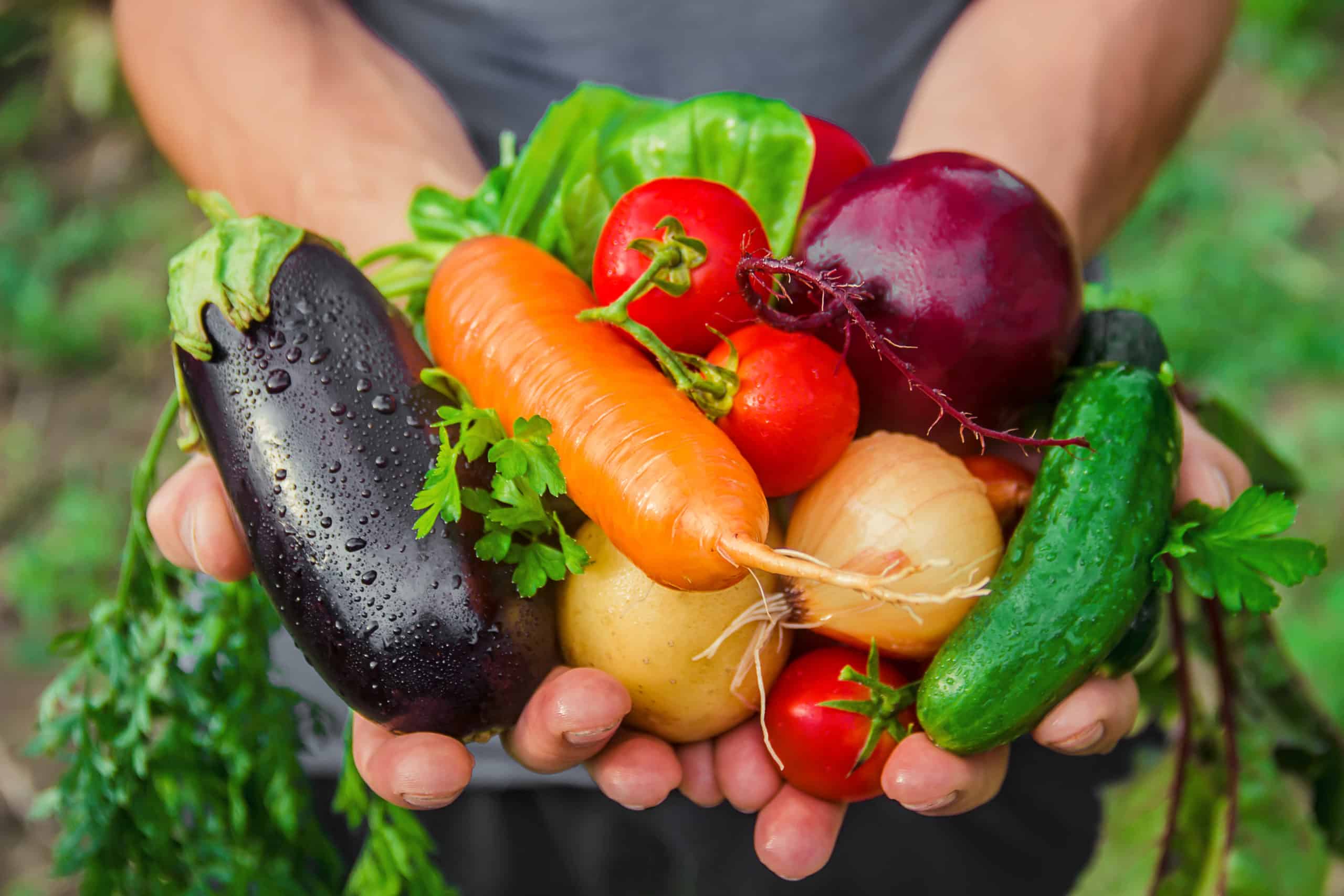
7 Inspiring Ways to Cook Your 5-A-Day
Here we have 7 inspiring ways to cook your 5-A-Day!
Do you struggle to hit your vegetable quota for the day? Do you have no problem with eating your veggies but are bored to death with the same thing day in and day out?
With more of us becoming plant-based, having experimental and delicious ways to cook veggies has never been timelier.
1. Veggie crisps
You can make crisps from a whole host of vegetables, including sweet potato, parsnip, carrot, kale and beetroot. For best results, peel veg and slice very thinly (ideally with a mandolin). Leave the veggies to air for half an hour before drying off with a paper towel and placing on a lined baking tray. Add a very light dash of olive oil and coat the veggies evenly. Sprinkle with salt, pepper, and whatever herbs and spices you would like. On average, your crisps will take around 10 minutes to cook at 220C/200C fan (depending on how thinly sliced they are).
2. Retaining colour and bite
When boiling veg, it is easy for it to become soggy and a little dull in colour. In order to retain the bite and colour of your favourite vegetables, ‘shock’ them once they are cooked. To do this, boil the water before adding the veg, and once cooked, place in a bowl of ice-cold water for a few seconds. Remove and serve immediately.
3. Get fruity with green salad
Fed up of the same old mixed leaves? Make things more exciting by adding some fresh fruit to your salad. We’re thinking pomegranate, orange, raspberries and peach. The sweetness will help to bring the dish alive and really exaggerate the rest of the flavours.
4. Char for richness
Burning fruit and veg helps to caramelise and exaggerate the natural flavours. Putting corn on the cob, peppers, asparagus, peaches and pineapple on the barbecue will make them taste like a whole new undiscovered food.
5. Pickle
Pickling your veggies brings a completely new element to any dish. Try it with cauliflower, cabbage, beetroot or cucumber – just to name a few.
To pickle 450g of vegetables you will need 1 cup of vinegar (white, apple cider, rice), 1 cup of water, 1 tbsp salt, 1 tbsp sugar (optional).
You can add in any herbs and spices of your choice. (Quantities suit the above recipe outlines) Failsafe options include:
- 2cm fresh ginger, peeled and diced
- 2 garlic cloves, crushed
- 2 sprigs fresh herbs (dill, thyme, oregano, rosemary)
- 1 tsp dried herbs (thyme, dill, oregano, rosemary, majoram)
- 1-2 tsp whole spices (mustard seeds, coriander, peppercorns, chilli flakes)
- 1 tsp ground spices (turmeric, smoked paprika, garam masala)
6. Offcuts, stalks and hearts
With a surge in less waste, it’s only right that we realise how much of our vegetables we can actually eat, but often don’t.
For example, do you throw away the cauliflower leaves or the broccoli stalk? These both delicious and nutritious and can be eaten safely in the way you would the rest of your vegetables. We recommend roasting them for maximum flavour and texture. If this isn’t something you fancy, you could also blend them into a puree to accompany your meal, which is a great alternative to sugar laden sauces.
7. Puree
Purees are a brilliant way to increase your veggie intake without really noticing. Play around with combinations to find ones you really love. Roast your vegetables of choice before blitzing with a water, olive oil and seasoning. Some suggested combinations include:
- Asparagus and parsley
- Carrot and cumin
- Parsnip and apple
- Sweet potato and cayenne pepper
- Broad bean and garlic


